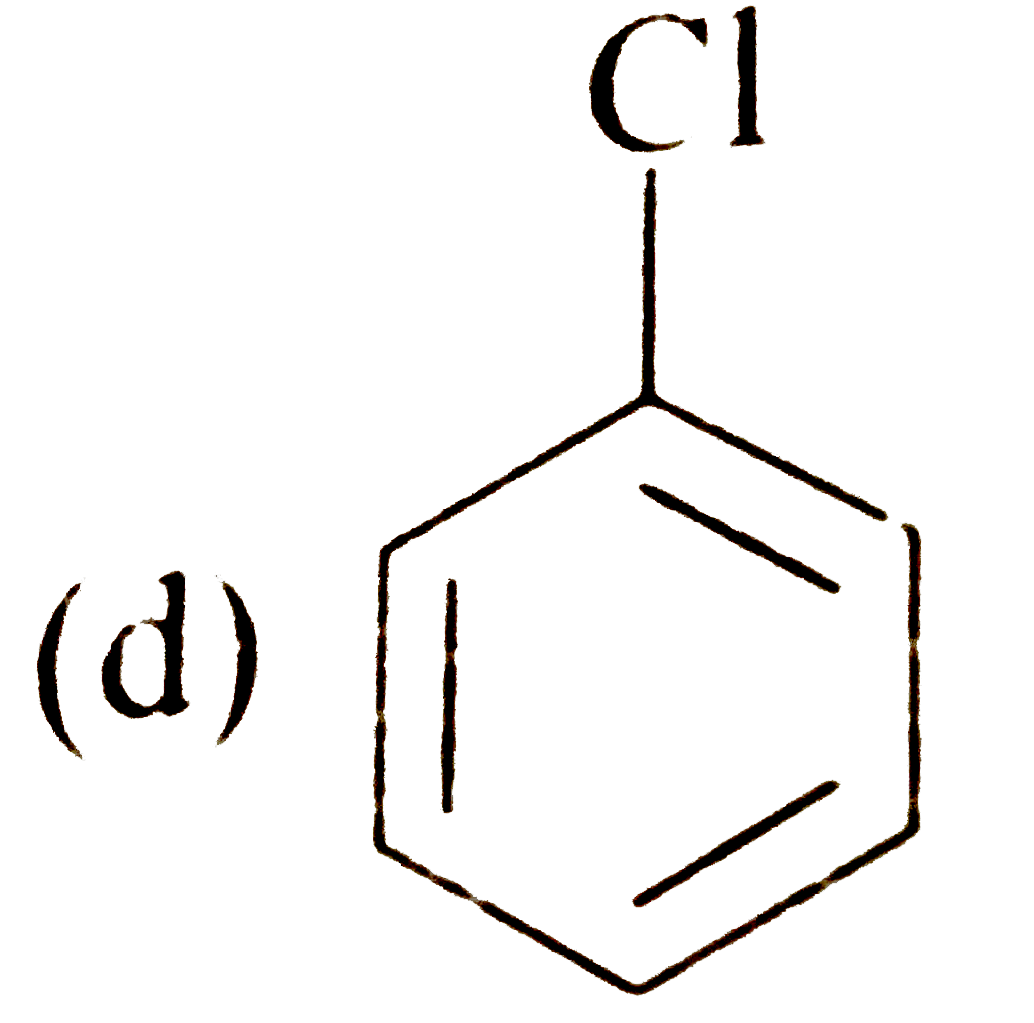In haloarenes C-Cl bond has partial double bond character, which is due to
inductive effect
electromertic
resonance
steric effect
The correct Answer is:C
Topper's Solved these Questions
- GENERAL PRINCIPLES & PROCESSES OF ISOLATION OF ELEMENTSBOOK - NIKITA PUBLICATIONCHAPTER - GENERAL PRINCIPLES & PROCESSES OF ISOLATION OF ELEMENTSEXERCISE - Multiple choice questions
117 Videos
- MCQs FROM PREVIOUS BOARD QUESTION PAPERS BOOK - NIKITA PUBLICATIONCHAPTER - MCQs FROM PREVIOUS BOARD QUESTION PAPERS EXERCISE - Question Paper- MHT-CET 2018
50 Videos
Similar Questions
Assertion: It is difficult to replace chlorine by −OH in chlorobenzene in comparison to that in chloroethane
Reason: Chlorine-carbon (C-Cl) bond in chlorobenzene has a partial double bond character due to resonance.
View SolutionAssertion: It is difficult to replace chlorine by −OH in chlorobenzene in comparison to that in chloroethane
Reason: Chlorine-carbon (C-Cl) bond in chlorobenzene has a partial double bond character due to resonance.
View Solution
Knowledge Check
C-Cl bond has partial double bondcharacter in
AVinyl chlorideBChlorobenzeneCBothDNoneIn a substance that are resonance hybirds, the measured length of given bond usually differs form that predicted form any one of the contributing sturctures. Chloroethylene is found by measurement to have a C−Cl distance of 1.69A. This is shorter than C−Cl bond in such compounds a methly chloride (1.77A), an indication that in chloroethylene C−Cl bond has some double bond character.

Which of the following has shortest C-Cl bond?ACH3−ClBCH2=CH−ClC DCH2=CH−CH=CH−Cl
DCH2=CH−CH=CH−ClC-Cl bond in C6H5Cl acquires partial double bond character due to
AInductive effectBresonanceChyperconjugationDAll of the above
Assertion: It is difficult to replace chlorine by −OH in chlorobenzene in comparison to that in chloroethane
Reason: Chlorine-carbon (C-Cl) bond in chlorobenzene has a partial double bond character due to resonance.
View SolutionAssertion: It is difficult to replace chlorine by −OH in chlorobenzene in comparison to that in chloroethane
Reason: Chlorine-carbon (C-Cl) bond in chlorobenzene has a partial double bond character due to resonance.
View SolutionIn a substance that are resonance hybirds, the measured length of given bond usually differs form that predicted form any one of the contributing sturctures. Chloroethylene is found by measurement to have a C−Cl distance of 1.69A. This is shorter than C−Cl bond in such compounds a methly chloride (1.77A), an indication that in chloroethylene C−Cl bond has some double bond character.

Arrange the following in decreasing order of C−N bond length :

View SolutionIn which of the following case central atom-F bond has partial double bond character?
View SolutionIn a substance that are resonance hybirds, the measured length of given bond usually differs form that predicted form any one of the contributing sturctures. Chloroethylene is found by measurement to have a C−Cl distance of 1.69A. This is shorter than C−Cl bond in such compounds a methly chloride (1.77A), an indication that in chloroethylene C−Cl bond has some double bond character.

Arrange following in increasing order of C−N bond length :
View Solution
